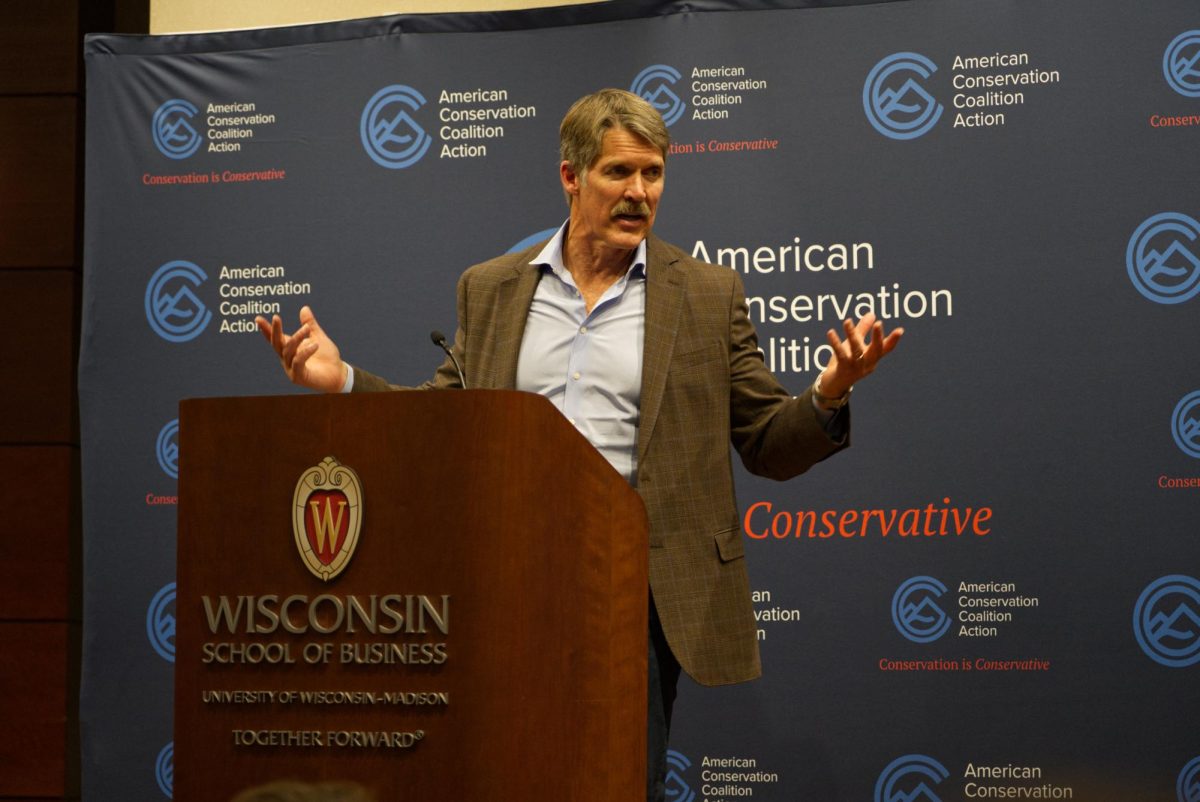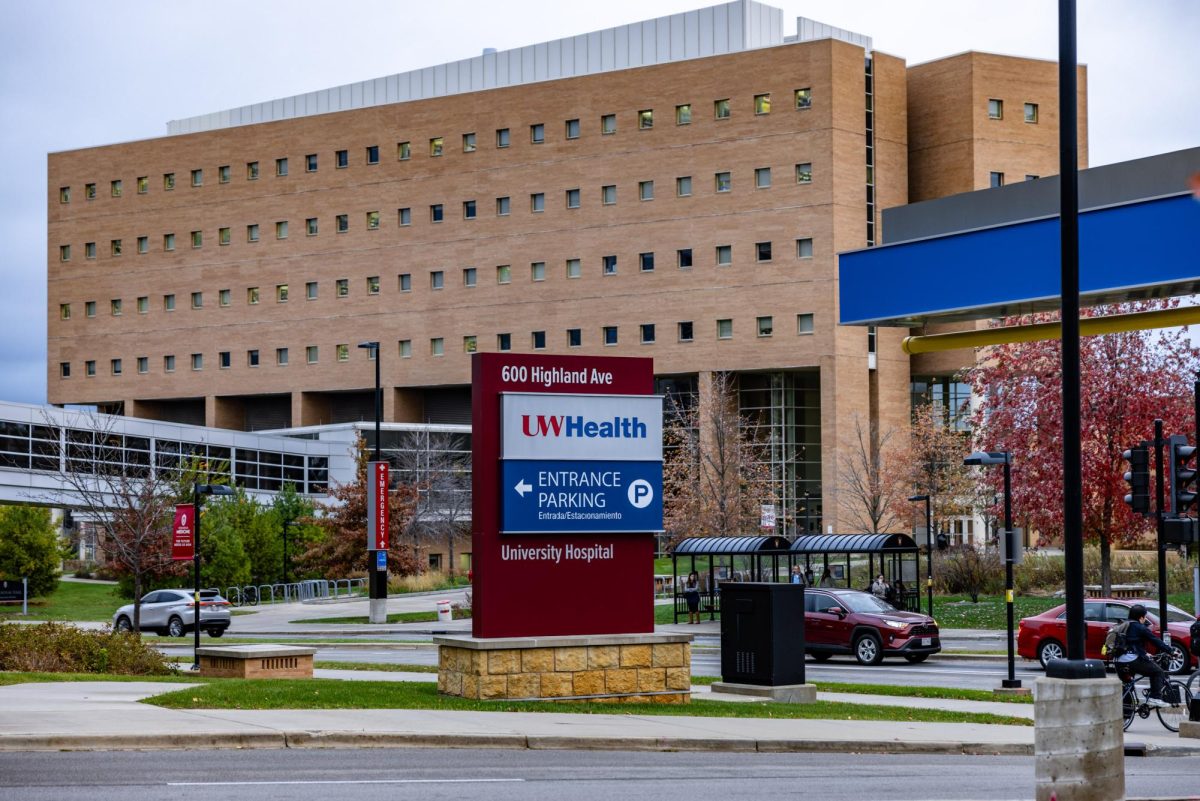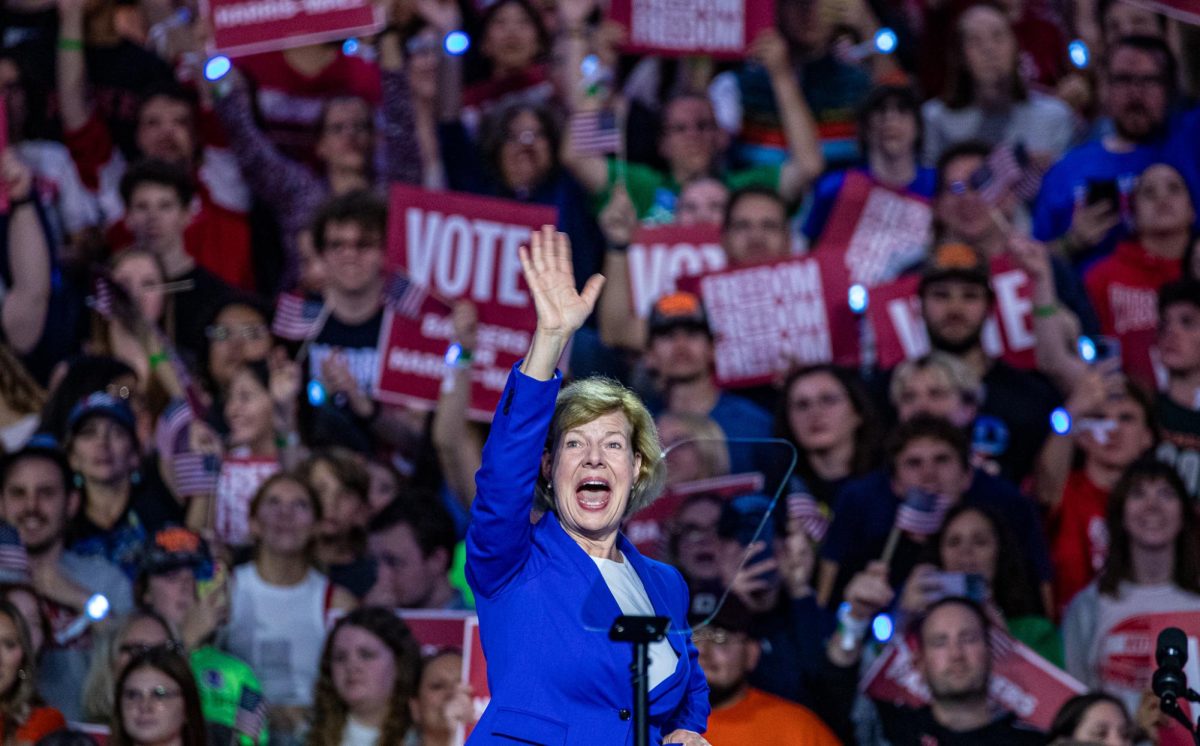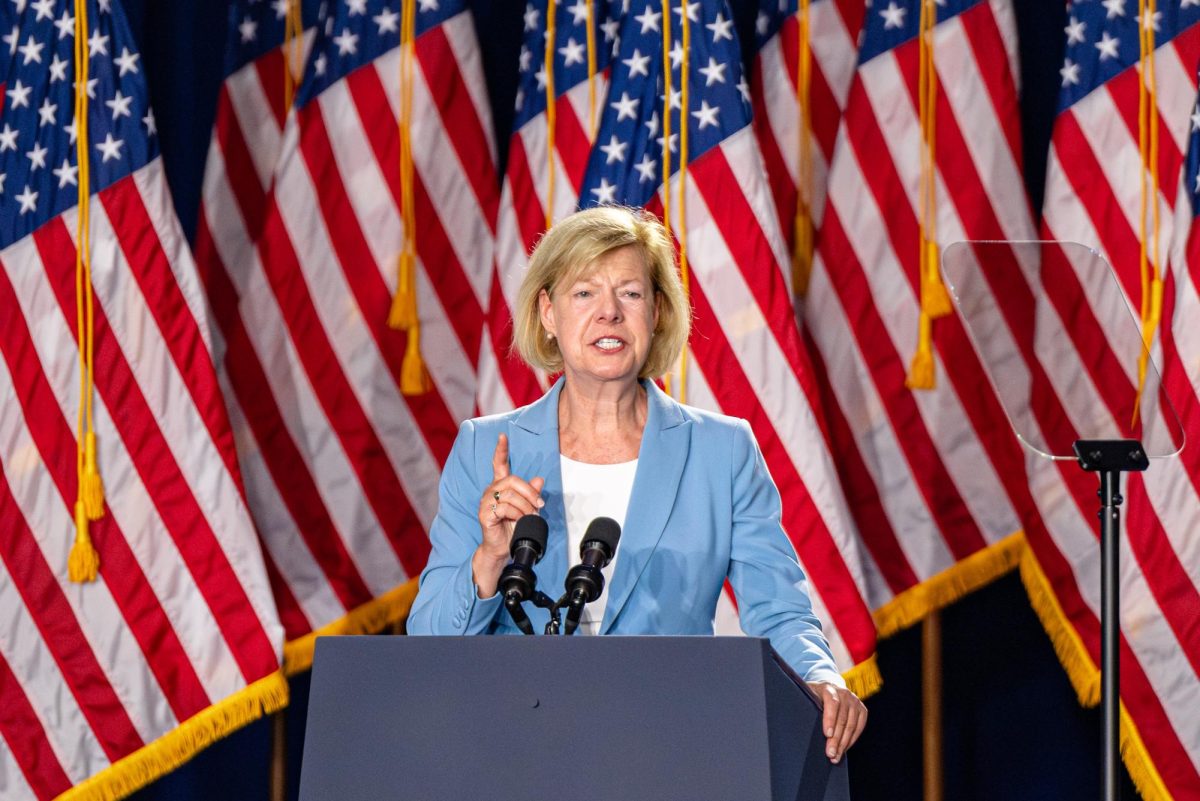The number of women in the Wisconsin Legislature hit its lowest point in over two decades this session, according to a report released Thursday.
The Wisconsin Women’s Council reported women’s representation in the Legislature fell from 34 women holding seats in 2005 to just 29 in 2010, with five elected women officials’ seats lost in the exchange.
This is the lowest number of women in the Legislature since 1987, according to the report.
The highest number was reached in both 1989 and 2003, with 37 women serving in the Legislature.
The report analyzed changes in the number and proportion of women in elected office from about 13,500 state and local offices between 2005 and 2010.
Gains by women in state and local office across Wisconsin were modest, increasing by only 1.5 percent, from 20.3 to 21.8 percent in the last five years.
Christine Lidbury, executive director of Wisconsin Women’s Council, said this gain was smaller than many had hoped for, but the information is still valuable because data on women in local elected office for the last five years previously did not exist.
However, the report found 75 percent of women who ran for state Assembly in the last election won.
This means while women are not necessarily having a hard time getting elected, there may not be enough women running in the first place.
Rep. Kelda Helen Roys, D-Madison, said the drop in women running for local and state office could be because of the current political climate.
“Campaigns are nastier and more expensive,” Roys said. “This acts as a deterrent to women and young people.”
Andrea Kaminski, executive director of the Wisconsin League of Women Voters, said women also tend to be more reluctant to raise money for campaigns.
However, women may need to be elected to office to encourage other women to also try to make a difference, according to Kaminski.
“There is a strong correlation between women being in office and feeling [they] can make a difference,” Kaminski said.
The decrease in women in the state Legislature could spell trouble for effectively addressing women’s issues, according to the report.
The Wisconsin Women’s Council said issues such as poverty, women and children’s rights, domestic violence and drunk driving legislation, child care and bringing political outsiders into the process could be impacted by the decreased presence of women in the Legislature.
The report also showed women to be a minority in local government. In Wisconsin, 74 percent of towns have no women involved in local government, with that number dropping to 24 percent for villages and 15 percent for cities.
Despite this low number, women’s involvement in local government still increased in the last five years, according to the report.
Visibility of women in higher government also plays a large factor in mobilizing women politically, Kaminski said.
According to Roys, Civic engagement is a responsibility for both men and women.
“Wisconsin is going to benefit when all citizens participate, not just men,” Roys said.













